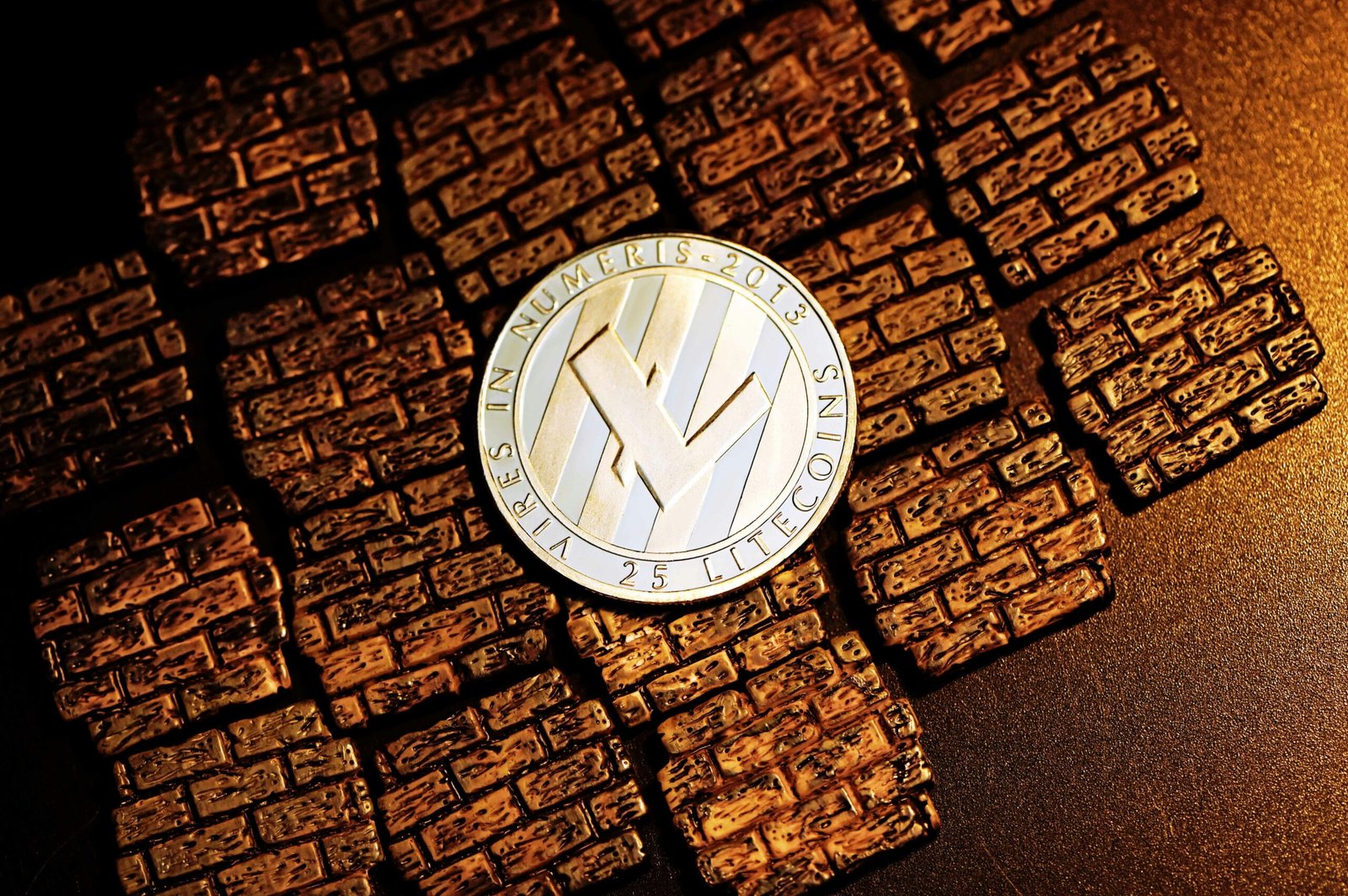Introduction
In this blog post, we will explore the world of cryptocurrency and focus specifically on Litecoin. We will discuss what Litecoin is, its purpose, and its uses. We will also examine the benefits and drawbacks of using Litecoin as a form of digital currency.
What is Litecoin?
Litecoin is a decentralized digital currency that was created in 2011 by Charlie Lee, a former Google engineer. It is often referred to as the “silver” to Bitcoin’s “gold” due to its similarities to Bitcoin. Like Bitcoin, Litecoin operates on a peer-to-peer network and uses cryptographic protocols to secure transactions.
Purpose and Uses
The main purpose of Litecoin is to serve as a digital currency that can be used for various transactions. It aims to provide a faster and more efficient alternative to traditional payment methods. Litecoin can be used to make purchases online, send money to friends and family, and even as an investment.
One of the key uses of Litecoin is as a medium of exchange. It allows users to make instant and low-cost transactions across the globe. The decentralized nature of Litecoin ensures that transactions can be made without the need for intermediaries such as banks or payment processors.
Additionally, Litecoin can be used as a store of value. Similar to other cryptocurrencies, Litecoin has a limited supply, which means that its value can potentially increase over time. This has led to some individuals and investors using Litecoin as a speculative investment.
Benefits of Litecoin
There are several benefits to using Litecoin:
- Fast Transactions: Litecoin offers faster transaction confirmation times compared to Bitcoin. This is due to its use of a different hashing algorithm and a shorter block generation time.
- Lower Transaction Fees: Litecoin transactions often have lower fees compared to traditional payment methods and even other cryptocurrencies. This makes it an attractive option for individuals and businesses.
- Secure: Litecoin uses cryptographic protocols to ensure the security of transactions. The decentralized nature of the network also makes it more resistant to hacking and fraud.
- Widespread Adoption: Litecoin has gained significant popularity and has been adopted by various merchants and online platforms. This means that users can find a growing number of places where they can use Litecoin for purchases.
Drawbacks of Litecoin
While Litecoin has its advantages, it also has some drawbacks:
- Volatility: Like other cryptocurrencies, Litecoin’s value can be highly volatile. This means that its price can fluctuate significantly in a short period. This volatility can make it risky for those looking for a stable store of value.
- Limited Acceptance: While Litecoin has seen increased adoption, it is still not as widely accepted as traditional currencies. This can limit its usefulness in certain situations.
- Competition: Litecoin faces competition from other cryptocurrencies, including Bitcoin and Ethereum. This competition can impact its value and adoption rate.
- Regulatory Uncertainty: The regulatory landscape surrounding cryptocurrencies is still evolving. This uncertainty can create challenges and risks for those using Litecoin.
Conclusion
Litecoin is a decentralized digital currency that offers fast and low-cost transactions. It can be used as a medium of exchange and a store of value. While it has its benefits, such as fast transactions and lower fees, it also has drawbacks, including volatility and limited acceptance. As with any investment or financial decision, it is important to carefully consider the risks and benefits before using Litecoin or any other cryptocurrency.
Please note that the cryptocurrency picture for Litecoin cannot be provided as per the given instructions.

